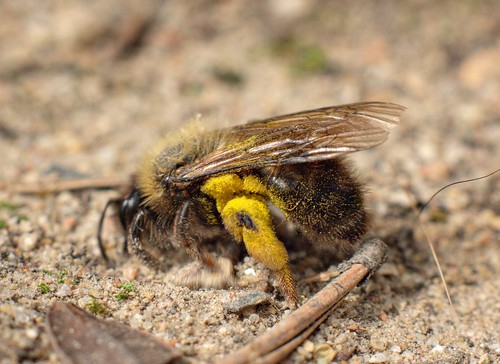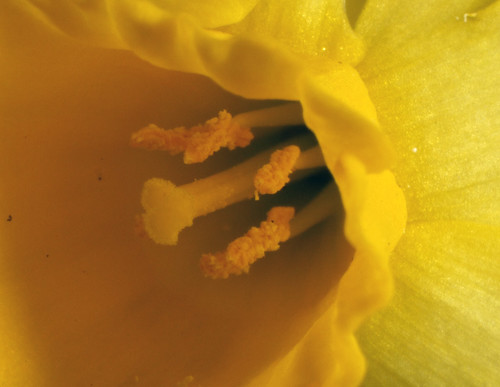Hello all,
first off great community you have here, looking forward to learning as much as I can. You guys'n'gal's are gonna have to put up with my novice questions for a bit until I get up to speed. I know nothing about photography but I know what looks good and what works as a designer.
Ok so I am looking for some advice to help me decide on which beginner macro setup I should go for, nothing too serious, something that I could quickly pull out of the bag without too much setup if that is at all possible with macro stuff. I would like to be able to capture usable clips as well as stills.
What is everyone's opinion on those cheap reverse adapters? The price point makes it very appealing but my concerns are how close would the camera have to be, would there be enough light if it is so close, really shallow dof, and the thought of exposing the delicate parts of my primes to the elements. Though purchasing a cheaper lens just for this may be an option.
Tubes, know absolutely nothing about them. do you just wack your lens on the end and that's it? seems like a safer alternative? would I need an adapter to fit the tubes onto the camera itself?
Macro lenses, expensive from peoples opinions. I don't mind investing in one good quality one though I would probably budget myself to around $1k AUD ($800US i think) Do i stick with a prime macro or zoom macro lens? What is a good size to get keeping in mind i will be using it on a gh1 with crop factor but the long term investment would be for a full frame dslr when they've polished up video integration in future. Any suggestions for some Zeiss C/Y macro lenses as that's what I am currently building my general collection on, though I am open to other suggestions that work better for macro as it would be a dedicated setup.
Thanks in advance
cheers.
first off great community you have here, looking forward to learning as much as I can. You guys'n'gal's are gonna have to put up with my novice questions for a bit until I get up to speed. I know nothing about photography but I know what looks good and what works as a designer.
Ok so I am looking for some advice to help me decide on which beginner macro setup I should go for, nothing too serious, something that I could quickly pull out of the bag without too much setup if that is at all possible with macro stuff. I would like to be able to capture usable clips as well as stills.
What is everyone's opinion on those cheap reverse adapters? The price point makes it very appealing but my concerns are how close would the camera have to be, would there be enough light if it is so close, really shallow dof, and the thought of exposing the delicate parts of my primes to the elements. Though purchasing a cheaper lens just for this may be an option.
Tubes, know absolutely nothing about them. do you just wack your lens on the end and that's it? seems like a safer alternative? would I need an adapter to fit the tubes onto the camera itself?
Macro lenses, expensive from peoples opinions. I don't mind investing in one good quality one though I would probably budget myself to around $1k AUD ($800US i think) Do i stick with a prime macro or zoom macro lens? What is a good size to get keeping in mind i will be using it on a gh1 with crop factor but the long term investment would be for a full frame dslr when they've polished up video integration in future. Any suggestions for some Zeiss C/Y macro lenses as that's what I am currently building my general collection on, though I am open to other suggestions that work better for macro as it would be a dedicated setup.
Thanks in advance
cheers.







